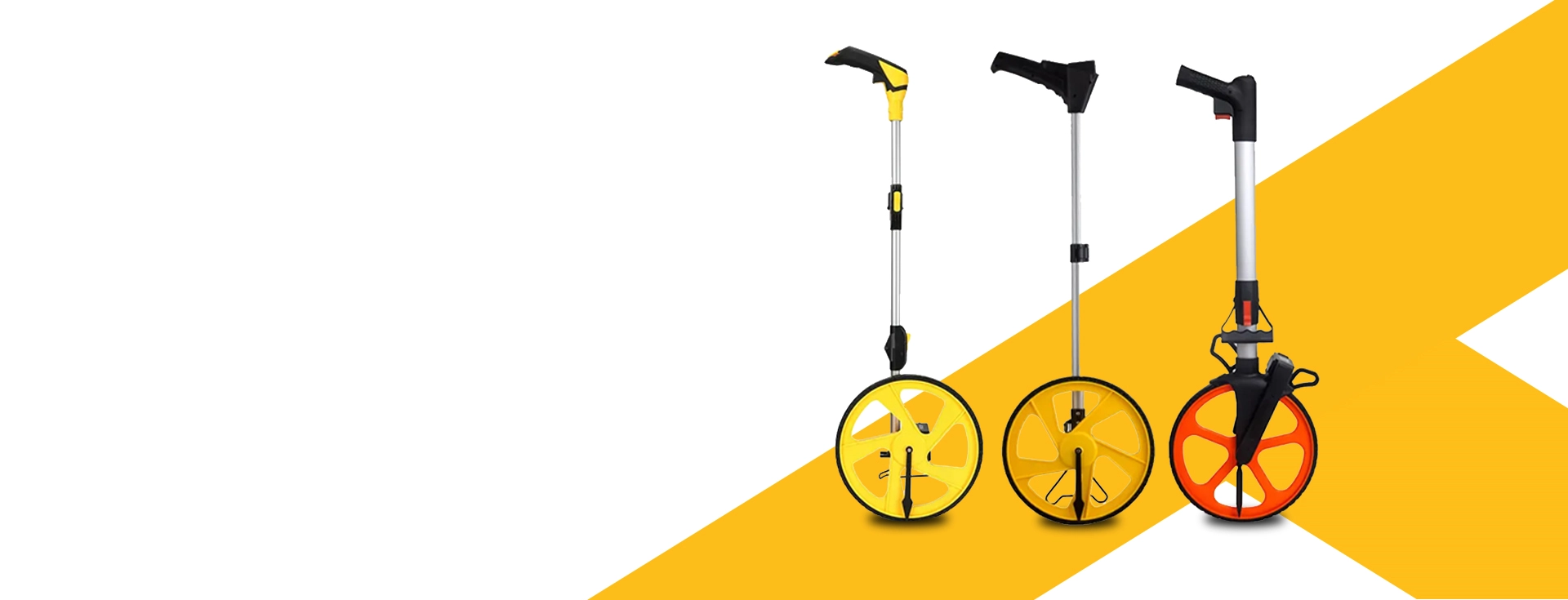
-
 Afrikaans
Afrikaans -
 Albanian
Albanian -
 Amharic
Amharic -
 Arabic
Arabic -
 Armenian
Armenian -
 Azerbaijani
Azerbaijani -
 Basque
Basque -
 Belarusian
Belarusian -
 Bengali
Bengali -
 Bosnian
Bosnian -
 Bulgarian
Bulgarian -
 Catalan
Catalan -
 Cebuano
Cebuano -
 Corsican
Corsican -
 Croatian
Croatian -
 Czech
Czech -
 Danish
Danish -
 Dutch
Dutch -
 English
English -
 Esperanto
Esperanto -
 Estonian
Estonian -
 Finnish
Finnish -
 French
French -
 Frisian
Frisian -
 Galician
Galician -
 Georgian
Georgian -
 German
German -
 Greek
Greek -
 Gujarati
Gujarati -
 Haitian Creole
Haitian Creole -
 hausa
hausa -
 hawaiian
hawaiian -
 Hebrew
Hebrew -
 Hindi
Hindi -
 Miao
Miao -
 Hungarian
Hungarian -
 Icelandic
Icelandic -
 igbo
igbo -
 Indonesian
Indonesian -
 irish
irish -
 Italian
Italian -
 Japanese
Japanese -
 Javanese
Javanese -
 Kannada
Kannada -
 kazakh
kazakh -
 Khmer
Khmer -
 Rwandese
Rwandese -
 Korean
Korean -
 Kurdish
Kurdish -
 Kyrgyz
Kyrgyz -
 Lao
Lao -
 Latin
Latin -
 Latvian
Latvian -
 Lithuanian
Lithuanian -
 Luxembourgish
Luxembourgish -
 Macedonian
Macedonian -
 Malgashi
Malgashi -
 Malay
Malay -
 Malayalam
Malayalam -
 Maltese
Maltese -
 Maori
Maori -
 Marathi
Marathi -
 Mongolian
Mongolian -
 Myanmar
Myanmar -
 Nepali
Nepali -
 Norwegian
Norwegian -
 Norwegian
Norwegian -
 Occitan
Occitan -
 Pashto
Pashto -
 Persian
Persian -
 Polish
Polish -
 Portuguese
Portuguese -
 Punjabi
Punjabi -
 Romanian
Romanian -
 Russian
Russian -
 Samoan
Samoan -
 Scottish Gaelic
Scottish Gaelic -
 Serbian
Serbian -
 Sesotho
Sesotho -
 Shona
Shona -
 Sindhi
Sindhi -
 Sinhala
Sinhala -
 Slovak
Slovak -
 Slovenian
Slovenian -
 Somali
Somali -
 Spanish
Spanish -
 Sundanese
Sundanese -
 Swahili
Swahili -
 Swedish
Swedish -
 Tagalog
Tagalog -
 Tajik
Tajik -
 Tamil
Tamil -
 Tatar
Tatar -
 Telugu
Telugu -
 Thai
Thai -
 Turkish
Turkish -
 Turkmen
Turkmen -
 Ukrainian
Ukrainian -
 Urdu
Urdu -
 Uighur
Uighur -
 Uzbek
Uzbek -
 Vietnamese
Vietnamese -
 Welsh
Welsh -
 Bantu
Bantu -
 Yiddish
Yiddish -
 Yoruba
Yoruba -
 Zulu
Zulu


ඔක්. . 12, 2024 01:11 Back to list
a fish tape
Understanding Fish Tapes A Handy Tool for Electricians and DIY Enthusiasts
When it comes to electrical installations and repairs, having the right tools is essential for ensuring safety and efficiency. Among these tools, a fish tape is indispensable for professionals and DIY enthusiasts alike. Despite its simple design and function, the fish tape is an invaluable asset when it comes to running wires and cables through walls, conduit, and other confined spaces.
What is Fish Tape?
Fish tape, also known as a wire snake, is a long, flexible tool made of either steel or fiberglass that electricians use to route new wiring through walls and other obstacles. Its structure usually consists of a rigid tape that is coiled in a reel, which can be unwound and pushed through tight spaces. The end of the tape often has a hook or a loop, allowing the electrician to either pull wiring back through or snag it onto other fittings.
How to Use Fish Tape
Using fish tape may seem straightforward, but doing it effectively requires some practice. Here’s a step-by-step guide to using a fish tape
1. Planning Your Route Before anything else, determine where the wire needs to go. It might involve analyzing blueprints, existing wires, or simply measuring the distance to ensure that you're avoiding any potential obstacles like plumbing or other electrical installations.
2. Inserting the Fish Tape Insert the end of the fish tape into the wall cavity through an access point; this could be a hole drilled through a wall plate or an open outlet box.
3. Pushing the Tape Through Gently push the tape into the wall, allowing it to navigate through the cavities. If you encounter any resistance, don’t force it; instead, try adjusting the angle or retracting slightly before moving forward again.
a fish tape

4. Getting the Tape Out Once the fish tape reaches the desired exit point, it’s time to retrieve it. Gently pull it back while keeping an eye on the tape’s path to ensure it doesn’t snag.
5. Attaching the Wire Once the fish tape is accessible, securely attach the end of the wire or cable to the tape using electrical tape. Once secured, you can gently pull the fish tape back through the wall, bringing the wire along with it.
6. Finalize the Installation After pulling the wire through, detach it from the fish tape and proceed with your electrical work, ensuring you follow safety codes and standards.
Benefits of Using Fish Tape
Using fish tape offers several advantages. Firstly, it minimizes the need for larger openings in your walls, maintaining the aesthetic integrity of your space. Additionally, it saves time and effort in pulling wires through inaccessible areas compared to other methods. Using fish tape can also be safer, as it reduces the risk of damaging existing structures or wiring.
Alternatives to Fish Tape
While the fish tape is a go-to tool, there are alternatives depending on the job. For instance, duct rods or cable pullers are used for longer runs or heavier cables. However, for most residential wiring tasks, fish tape remains the most efficient solution.
Conclusion
Whether you're a professional electrician or a homeowner tackling a DIY electrical project, fish tape is an essential tool that can simplify the process of running wires. Its ease of use, versatility, and effectiveness make it an invaluable asset in your toolbox. With proper technique and safety precautions, fish tape will help you get the job done efficiently, ensuring that your electrical installations are clean and professional-looking. Investing in a quality fish tape can save you time and hassle while enhancing your overall productivity in electrical tasks. Always remember to observe safety measures and guidelines when working with electricity, and don’t hesitate to consult professionals when faced with complex installations.
Latest news
duct-rodders-and-conduit-rod-tools
NewsAug.22,2025
ratchet-pullers-and-wire-tightening-tools
NewsAug.22,2025
chain-ratchet-pullers-and-hoist-solutions
NewsAug.22,2025
telescopic-hot-stick-for-electrical-and-high-voltage-use
NewsAug.22,2025
cable-clamp-and-insulated-cable-clamp-systems
NewsAug.22,2025
duct-rodder-conduit-rodder-and-cable-solutions
NewsAug.22,2025








